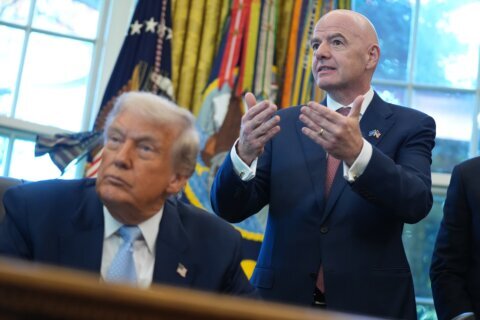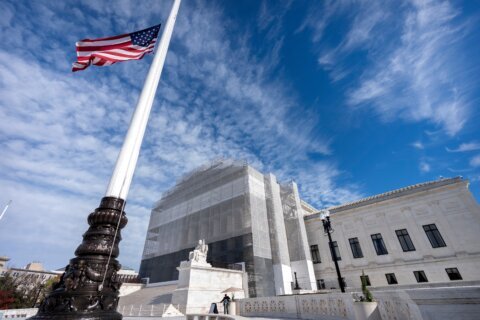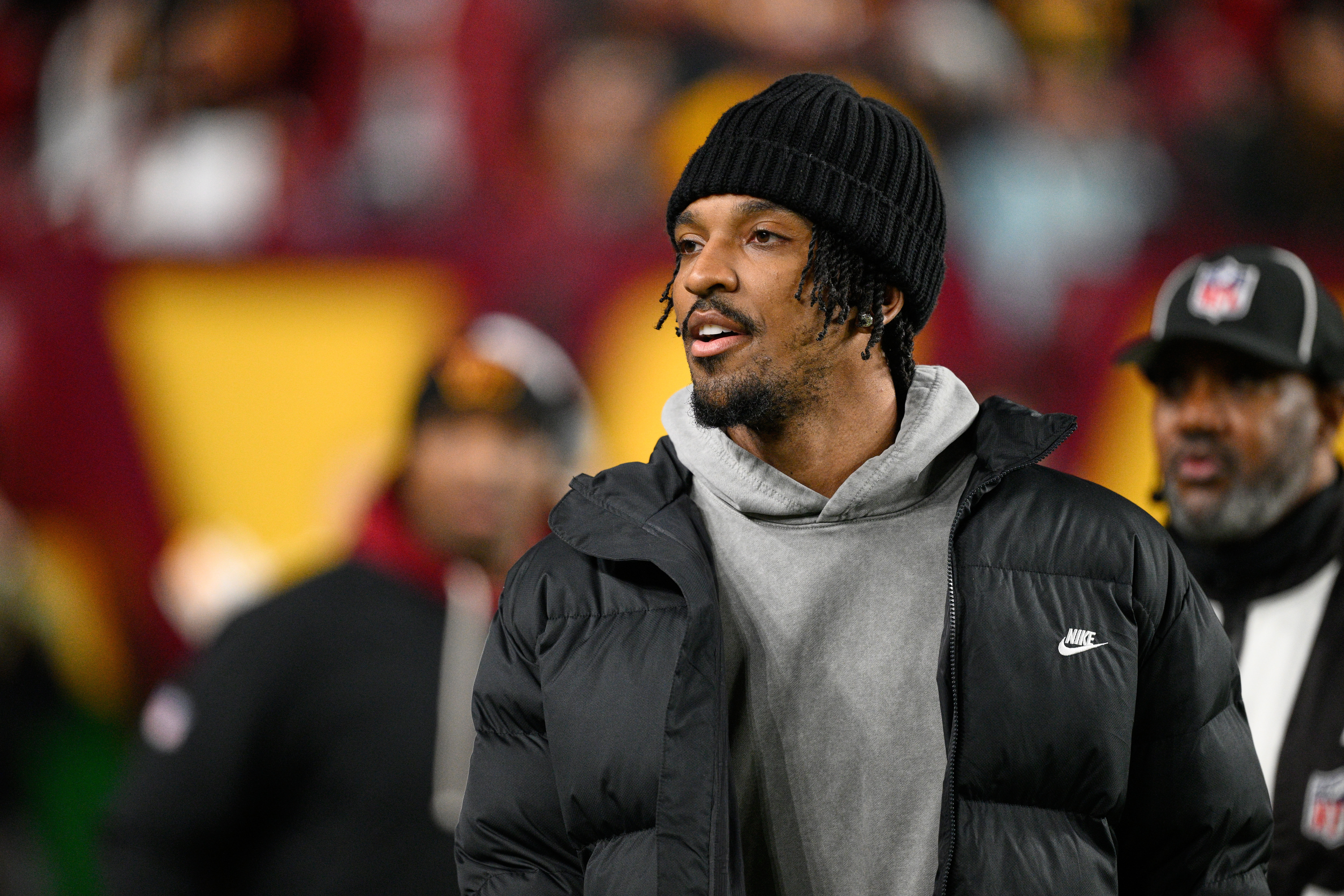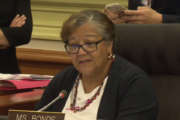JENNA FRYER
AP Auto Racing Writer
CHARLOTTE, N.C. (AP) — There is no clearer example of the disconnect between NASCAR and its teams then the fight earlier this year over the procedures to cool cars down during qualifying.
NASCAR refused to allow the use of cooling boxes, so teams had jerry-rigged a system that created a dangerous on-track situation for the drivers.
NASCAR summoned the crew chiefs from every Sprint Cup organization to hash out a solution. The teams were almost unanimously in favor of using the cooling boxes, but NASCAR officials on that conference call in March wouldn’t budge. They were OK with using fans, but smaller teams were against having to go buy them.
Exasperated, NASCAR reminded the participants on the call that the engine manufacturers were against the use of cooling boxes. Two of the top engine builders in NASCAR immediately denied that claim, while one said nobody from NASCAR had even talked with them.
The call had turned comical. In the end, NASCAR allowed the cooling boxes in a small victory for the teams.
The battle to get that win was absurd.
The Race Team Alliance, at its core, hopes to prevent those fights going forward.
Announced two weeks ago, the RTA was described as “a collaborative business association” between nine teams that for the first time creates “a single entity to engage with stakeholders on creative ways to market and experience the power of the sport’s teams and drivers.”
Michael Waltrip Racing co-owner Rob Kauffman is the elected chair of the RTA, and thus the mouthpiece. He has talked of banding the RTA teams together for purchasing power, creating travel partners and finding a common insurer. The RTA is not, Kauffman insists, a union. And if the goal is to seize a larger share of the TV money, that’s not a topic any members of the RTA are openly discussing.
“That’s a big obvious issue that’s out there that the teams really have no influence or control over,” Kauffman said of the $8 billion in TV money that is split with the tracks (65 percent), teams (25 percent) and NASCAR (10 percent). “We’re going to focus on stuff we can do. If someone wants to discuss any big picture issues, we’re happy to discuss and engage in a constructive way.”
NASCAR has made it clear it isn’t talking to the RTA about anything. Despite NASCAR President Mike Helton’s dismissal of any animosity between the two sides, the RTA was informed all communication must go through NASCAR attorneys. International Speedway Corp. issued the same command, for reasons NASCAR Chairman Brian France on Monday called “legal mumbo jumbo.”
In his first comments about the RTA, France said he didn’t think the team alliance was necessary “and we thought the benefits they would arrive at with this association would be much smaller than they do.”
“The one thing that is central to NASCAR, is when you hear one voice, that probably would be the worst thing we could ever do, is to listen to one voice, even if it was a consensus voice,” France said on SiriusXM NASCAR. “Every decision we’ve ever made that’s important, the more people we’ve heard from, the better the result. That will never change in the business model of NASCAR because good ideas come from all over the place and that’s the strength that we have. Our communication has never been better … and we need to keep building on that and get the best outcome we can.”
Sure, it is NASCAR’s court and nobody has to play NASCAR’s game. But it’s the only game in town for high-performance, profitable racing, and being part of the show means playing by NASCAR’s rules.
Only NASCAR seems to have gotten so big that it’s lost sight of the plight of its primary “stakeholders.” The teams have always existed under an owner-operator model. It’s risky. It’s dangerous.
Bill Davis once won the Daytona 500 and the Southern 500 as a Sprint Cup Series team owner. He entered drivers in all three of NASCAR’s national series, but when the economy collapsed in 2008, his sponsorship evaporated and his NASCAR participation came to a halt. In the cruelest twist of all, he won the Truck Series championship on his final weekend of NASCAR participation.
When it was all said and done, he had a building and some used parts and a little bit of equity in the owner points he’d accumulated that season to show for his 20-year NASCAR career.
It’s a fear every NASCAR owner loses sleep over. When a sponsor pulls out, the whole house of cards can come crashing down. Kauffman lived it last fall when NAPA Auto Parts left MWR and the organization was forced to lay off one-third of its workforce.
So who can actually blame these owners for not resenting the NASCAR model just a little bit? After all, the Buffalo Bills may sell for at least $1.1 billion — a far sweeter golden parachute than listing used car parts on EBay.
It’s unclear if altering the landscape to a franchise model is on RTA’s ultimate agenda. For now, the owners insist it’s about creating one voice to benefit every team — and there’s a need.
Several years ago, Rick Hendrick organized a meeting between many of the top owners, who all put together lists outlining their concerns. After debate, the group whittled it down to roughly a dozen ideas on how NASCAR could help them save some money. Nothing spectacular — maybe $1 million a team in savings.
The list was presented to NASCAR, which heard the ideas with deaf ears.
Perhaps the RTA will soon have the authority to step up and demand cost-saving measures. But for now, the question is not what the RTA is out to accomplish, but what took the team owners so long to get their act together.
Copyright 2014 The Associated Press. All rights reserved. This material may not be published, broadcast, rewritten or redistributed.







